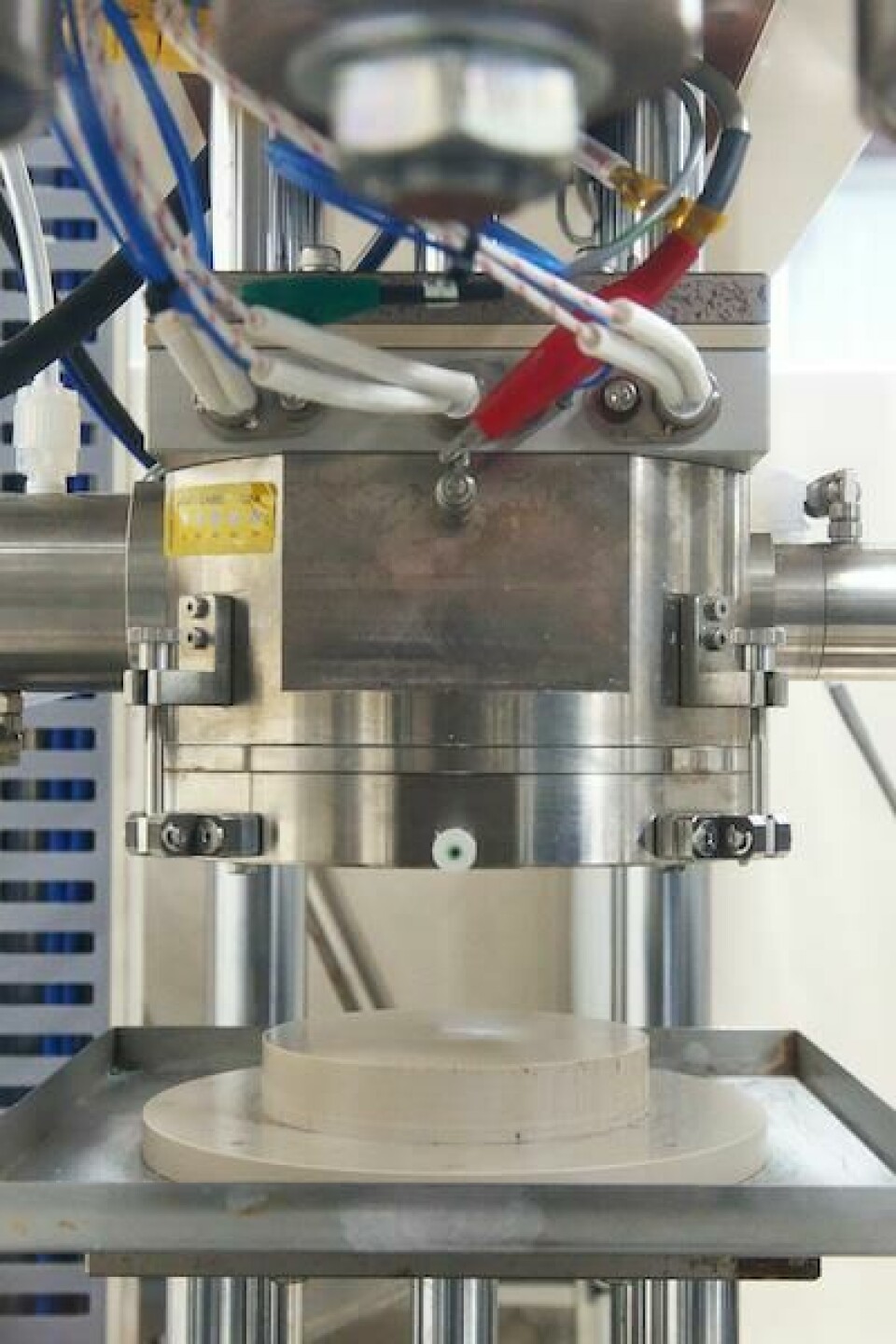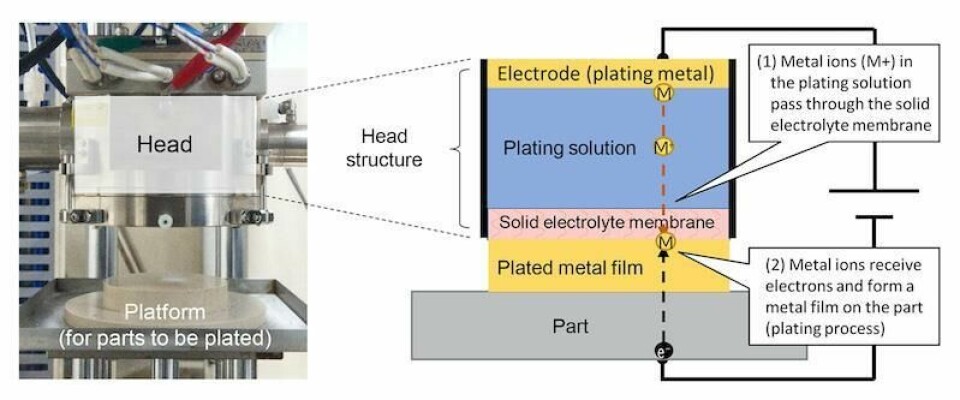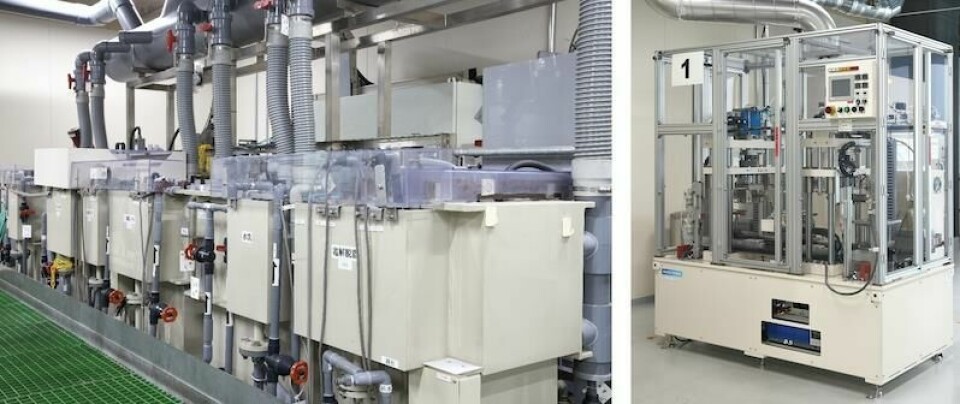Toyota pursues dip-free plating technology innovation
The new, more efficient and compact process reduces waste in plating solution during electronic component production

Toyota has developed new plating technology for the manufacture of electronic parts, cutting waste and reducing the environmental impact of the process. The innovation is used in the plating process for forming copper, nickel, and other metal coatings on substrates.
In a conventional plating process, substrates are fully immersed in solutions of copper, nickel or other plating metal. The plating solution is contained in baths to accommodate the dipping of complete substrates, as well as substrate washing processes at both ends of the plating process.
It’s a system that calls for high volumes of plating solution and which subsequently creates waste. The equipment used in the process must then be treated to remove the toxic substances.
Toyota’s new system adopts a more precise application. As well as this significance on environmental impact. the technology also saves time and, as a station, is more compact.
Metal ions pass through a polymer membrane (solid electrolyte membrane) to apply plating exclusively to those areas which require it. It is a stamping-type plating machine that eliminates the dipping process currently deployed in most common plating techniques. As a result, waste solution is drastically reduced to about one-thirtieth and CO2 emissions to about one-third of previous levels, Toyota says.

How it works
The machine has a head section with a solution-filled upper part. A solid electrolyte membrane, through which the metal ions pass, is mounted on the tip of the head, which is then pressed against the area to be plated. The structure enables the membrane to be applied only to that part of the substrate that requires plating. When an electric current is activated, a metal film (plating) is applied to the ideal contact area.

Toyota is working with Mikado Technos and Kanematsu Corporation to manufacture and sell new plating machines based on this new technology, to encourage its uptake. The OEM says, over the next two to three years, it hopes to market the new equipment for use as a test machine for verification and evaluation purposes. Beyond that, it will encourage its more widespread use as a full production machine.


